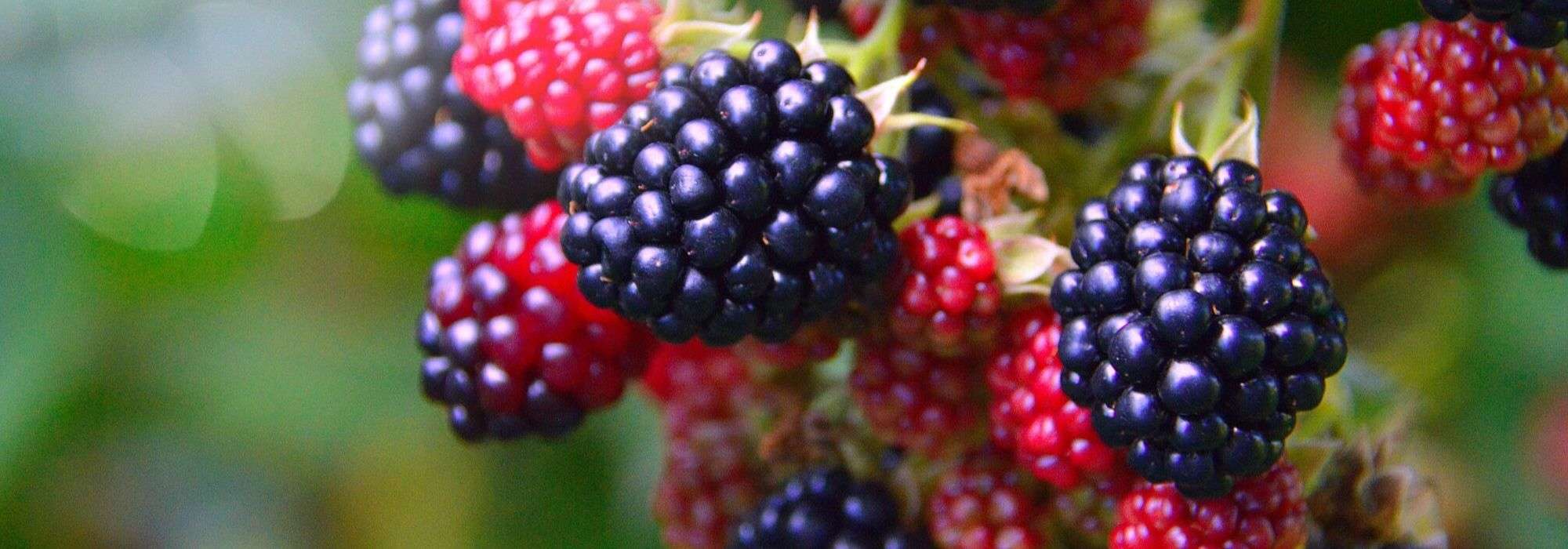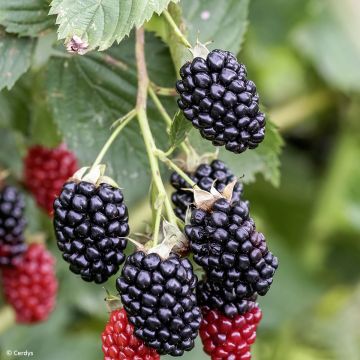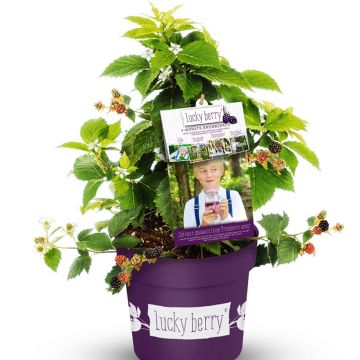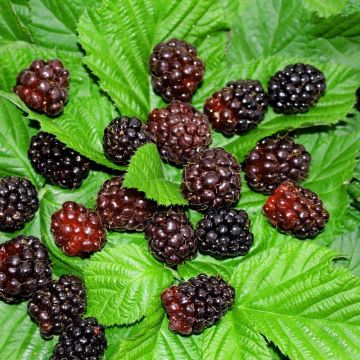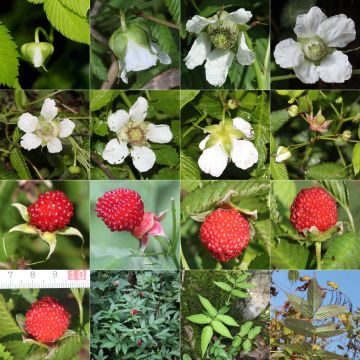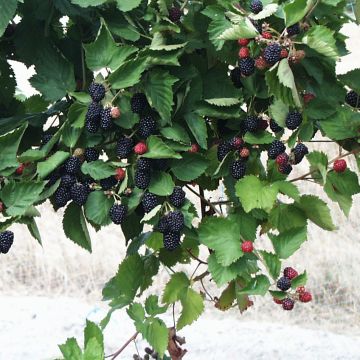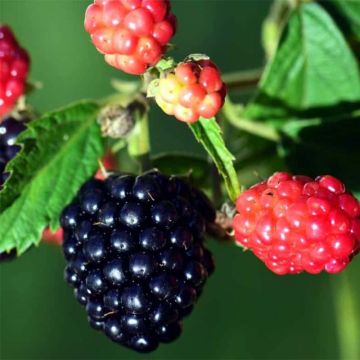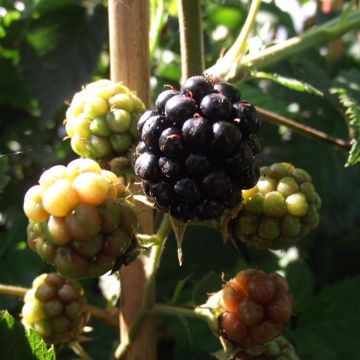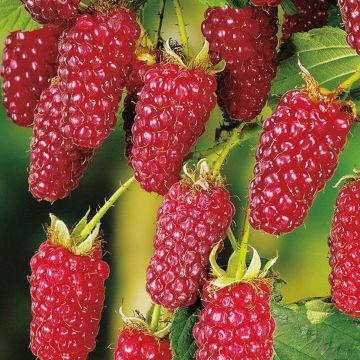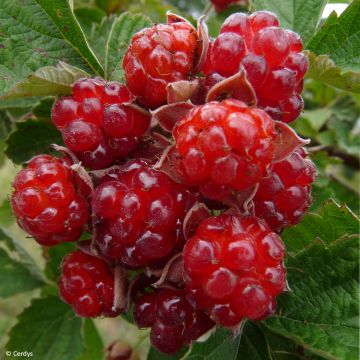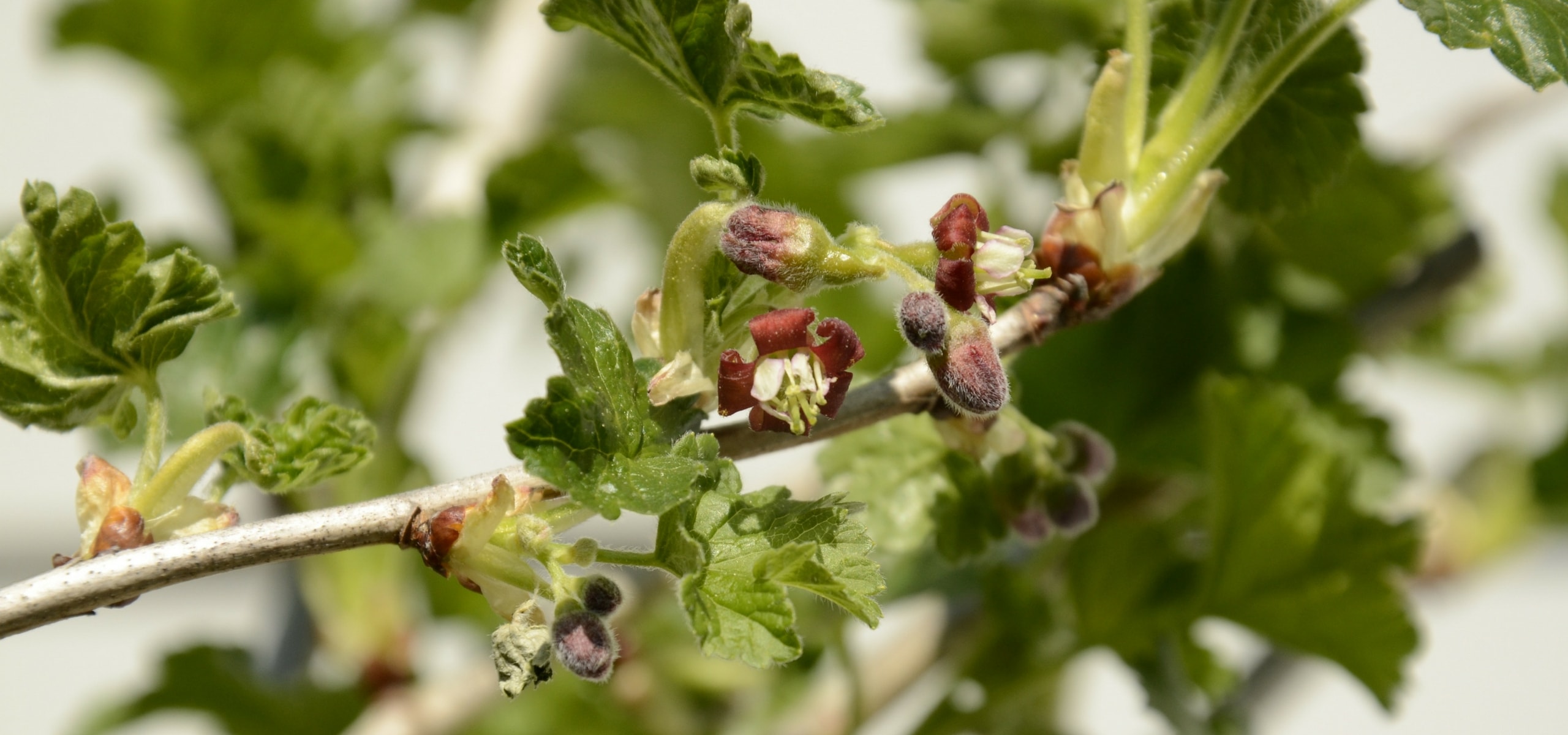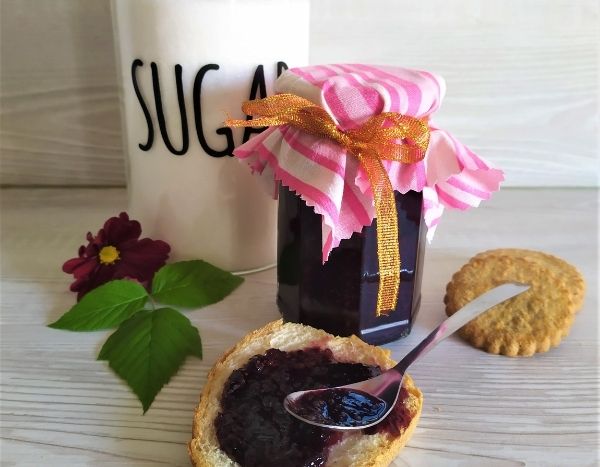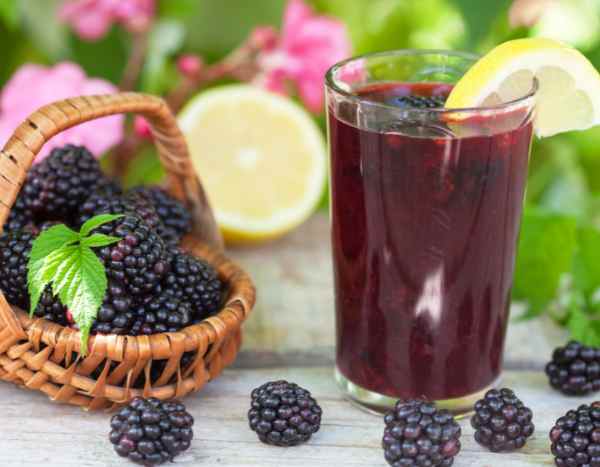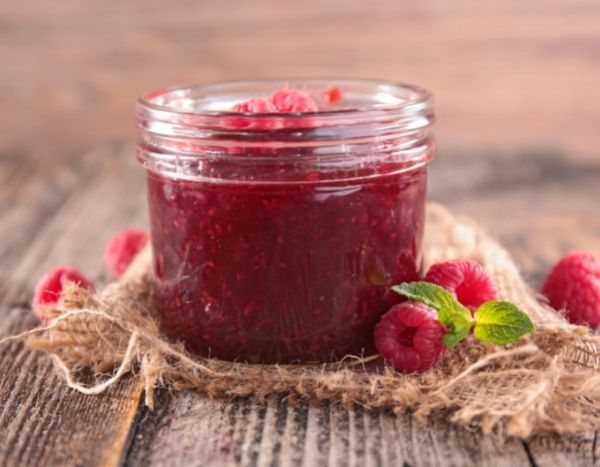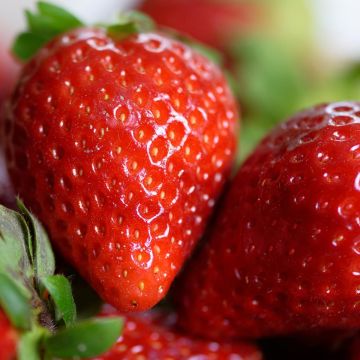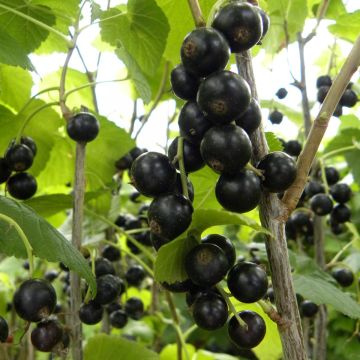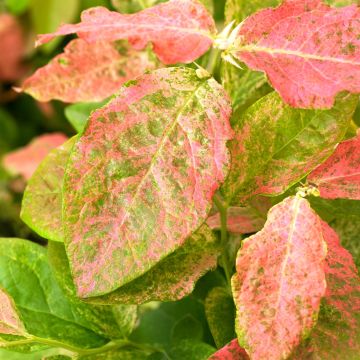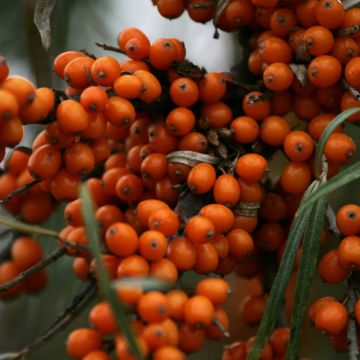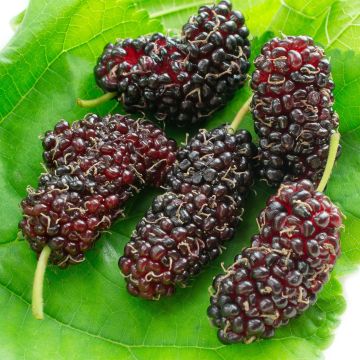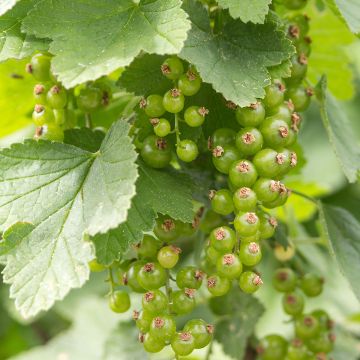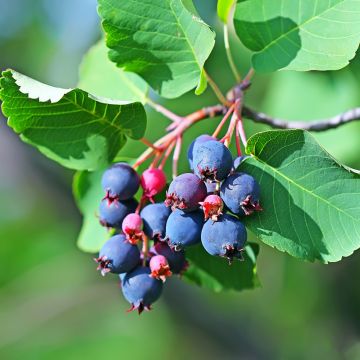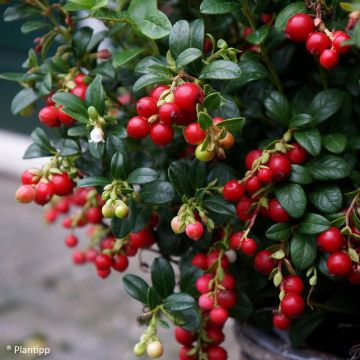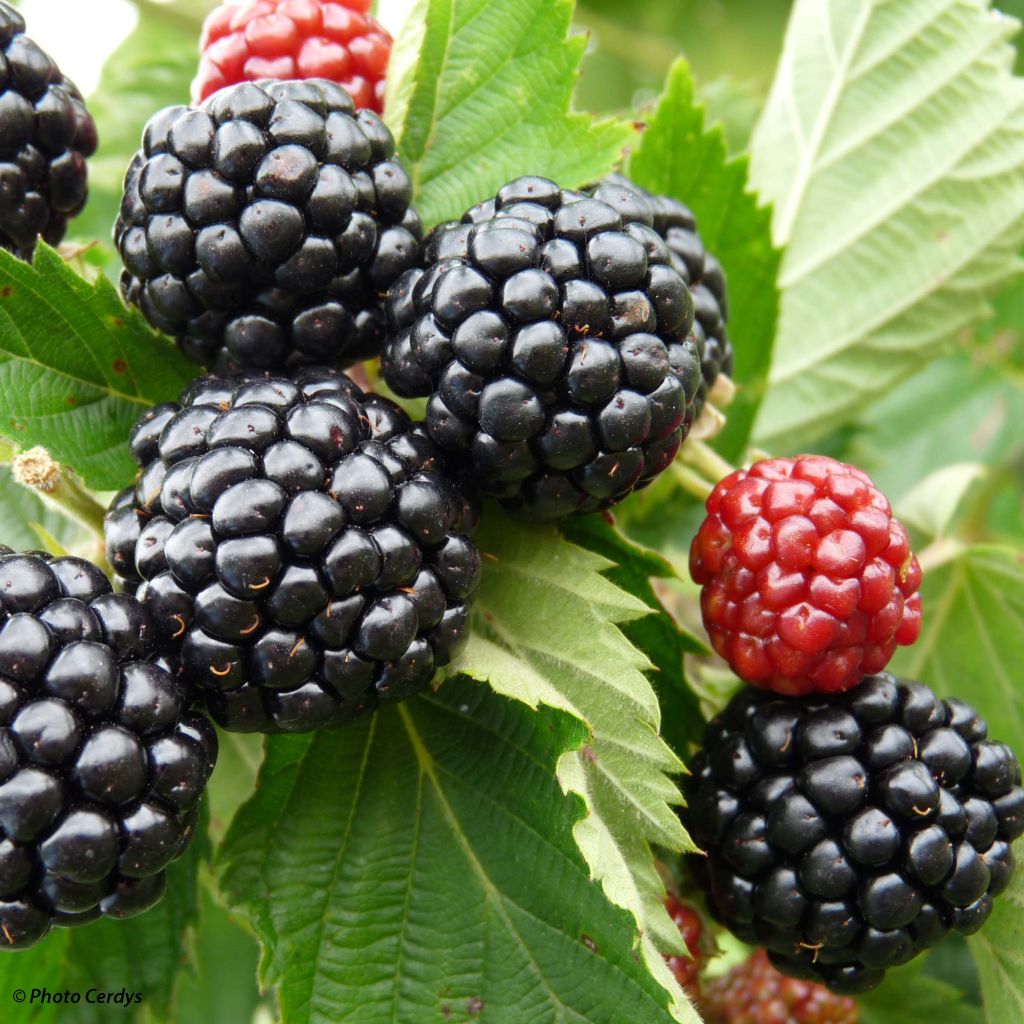

Blackberry Asterina - Rubus fruticosus
Blackberry Asterina - Rubus fruticosus
Rubus fruticosus Asterina
European blackberry, bramble, blackberry
Plants arrived very well packaged; Good recovery after planting: the foliage has grown. In this first year, I don't think I will have any fruit, but since the plants seem well-rooted, I believe they will be very vigorous next spring.
Anne, 04/06/2022
Special offer!
Receive a €20 voucher for any order over €90 (excluding delivery costs, credit notes, and plastic-free options)!
1- Add your favorite plants to your cart.
2- Once you have reached €90, confirm your order (you can even choose the delivery date!).
3- As soon as your order is shipped, you will receive an email containing your voucher code, valid for 3 months (90 days).
Your voucher is unique and can only be used once, for any order with a minimum value of €20, excluding delivery costs.
Can be combined with other current offers, non-divisible and non-refundable.
Home or relay delivery (depending on size and destination)
Schedule yourself the delivery date,
and choose your date in cart
This plant benefits a 6 months rooting warranty
More information
We guarantee the quality of our plants for a full growing cycle, and will replace at our expense any plant that fails to recover under normal climatic and planting conditions.

Description of Blackberry Asterina - Rubus fruticosus
The Asterina Garden Blackberry is a thornless variety that produces large round fruits that are highly fragrant and very productive. This fruiting bramble is easy to grow but requires support for training. Plant in autumn or spring for a harvest starting in August.
The fruiting bramble is a bush with long flexible branches, very hardy, capable of withstanding temperatures down to -25°C (-13°F). Its deciduous leaves are toothed and spiny. It blooms in spring and summer, with small white and pink flowers that later turn into round berries. The blackberries can be eaten fresh after harvest or used in preserves, jellies, ice creams, and in pastries (pies, muffins...). Harvesting takes place in summer and early autumn. The fruits are ripe when they easily detach from their support. Although the varieties are self-fertile, it is advisable to plant at least 2 plants to improve fruiting, spacing them 2 meters (7 feet) apart.
In the garden, it is necessary to provide support for training: a fence, a trellis, a wall, or a fence on which horizontal wires are fixed. Indeed, the canes, whether climbing or erect, will reach about 5 meters (16 feet) in length. Don't worry, cultivated blackberries produce many suckers at the base but are much less invasive than wild blackberries. Furthermore, some varieties are thornless, such as the Asterina variety, making picking easier.
Blackberries can be grown in different areas of the garden. Training on a shallow depth allows for the creation of a small edible hedge or can be grown individually, bordering the vegetable garden, orchard, or ornamental garden.
The fruiting bramble, producing garden blackberries, is sometimes confused with the mulberry tree, a tree that grows 5 to 10 meters (16 to 33 feet) tall. The bramble belongs to the Rosaceae family, while the mulberry tree, whether white or black, belongs to the Moraceae family.
Blackberry Asterina - Rubus fruticosus in pictures
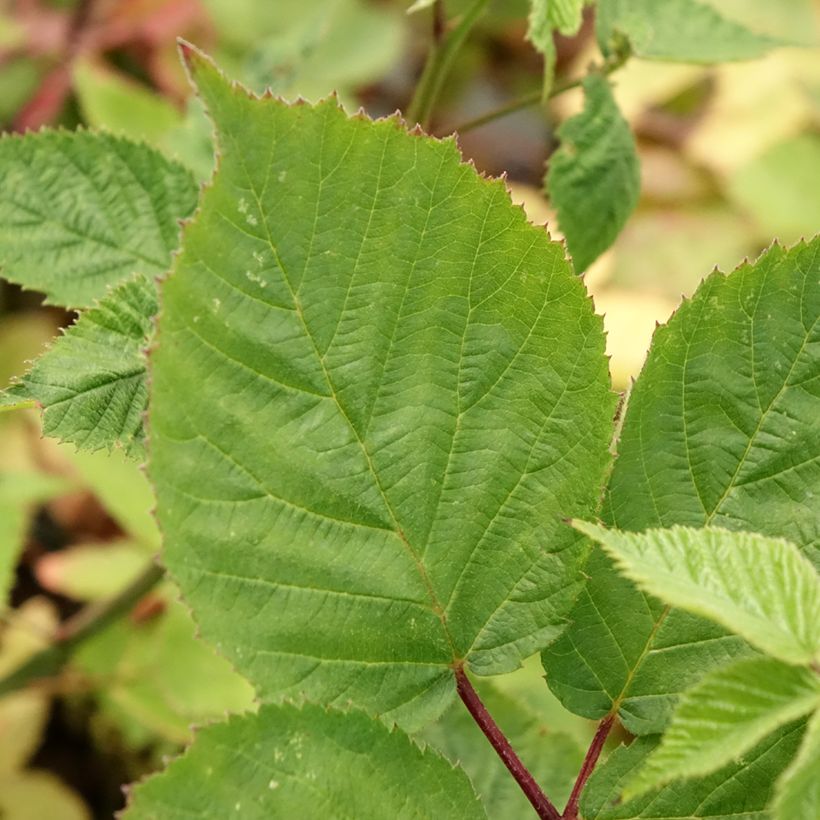

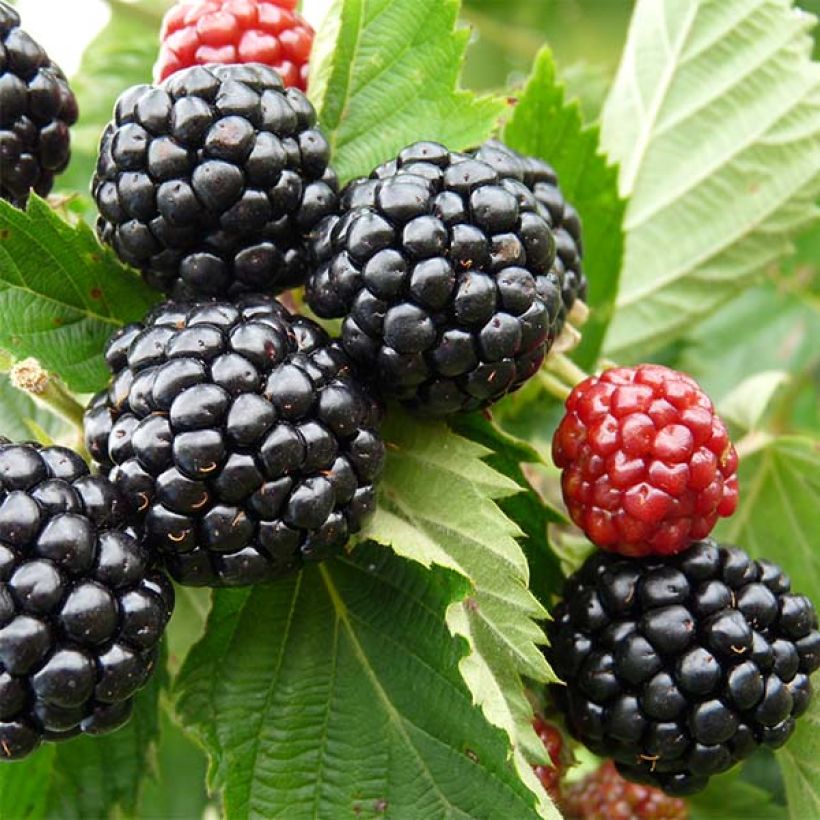

Plant habit
Fruit
Flowering
Foliage
Botanical data
Rubus
fruticosus
Asterina
Rosaceae
European blackberry, bramble, blackberry
Cultivar or hybrid
Other Blackberry bush
View All →Planting of Blackberry Asterina - Rubus fruticosus
Cultivated brambles appreciate sunny (non-burning sun) or slightly shaded areas, sheltered from strong winds. The fruiting bramble can be planted from autumn to spring, outside of frost. It thrives in all types of soil, with a preference for rich, non-calcareous soil without excessive moisture. Space the plants about 2m (7ft) apart.
Soak the root ball in water for a few moments before planting. Dig a hole and enrich the soil with compost or potting soil. Install a support to train the stems as they grow. Place the young plant, cover with soil and firm it down. Water thoroughly.
Cultivated brambles require little maintenance. Watering should mainly be done in case of extreme heat and drought. Mulch the base to retain moisture in summer. Every autumn, apply a bit of compost on the surface. Mound the base, especially if your soil is very moist. The fruiting bramble is not very susceptible to diseases and pests.
When to plant?
Where to plant?
Care
Planting & care advice
-
, onVetted order
Response from on Promesse de fleurs
Similar products
You have not found what you were looking for?
Hardiness (definition)

Photo Sharing Terms & Conditions
In order to encourage gardeners to interact and share their experiences, Promesse de fleurs offers various media enabling content to be uploaded onto its Site - in particular via the ‘Photo sharing’ module.
The User agrees to refrain from:
- Posting any content that is illegal, prejudicial, insulting, racist, inciteful to hatred, revisionist, contrary to public decency, that infringes on privacy or on the privacy rights of third parties, in particular the publicity rights of persons and goods, intellectual property rights, or the right to privacy.
- Submitting content on behalf of a third party;
- Impersonate the identity of a third party and/or publish any personal information about a third party;
In general, the User undertakes to refrain from any unethical behaviour.
All Content (in particular text, comments, files, images, photos, videos, creative works, etc.), which may be subject to property or intellectual property rights, image or other private rights, shall remain the property of the User, subject to the limited rights granted by the terms of the licence granted by Promesse de fleurs as stated below. Users are at liberty to publish or not to publish such Content on the Site, notably via the ‘Photo Sharing’ facility, and accept that this Content shall be made public and freely accessible, notably on the Internet.
Users further acknowledge, undertake to have ,and guarantee that they hold all necessary rights and permissions to publish such material on the Site, in particular with regard to the legislation in force pertaining to any privacy, property, intellectual property, image, or contractual rights, or rights of any other nature. By publishing such Content on the Site, Users acknowledge accepting full liability as publishers of the Content within the meaning of the law, and grant Promesse de fleurs, free of charge, an inclusive, worldwide licence for the said Content for the entire duration of its publication, including all reproduction, representation, up/downloading, displaying, performing, transmission, and storage rights.
Users also grant permission for their name to be linked to the Content and accept that this link may not always be made available.
By engaging in posting material, Users consent to their Content becoming automatically accessible on the Internet, in particular on other sites and/or blogs and/or web pages of the Promesse de fleurs site, including in particular social pages and the Promesse de fleurs catalogue.
Users may secure the removal of entrusted content free of charge by issuing a simple request via our contact form.
The flowering period indicated on our website applies to countries and regions located in USDA zone 8 (France, the United Kingdom, Ireland, the Netherlands, etc.)
It will vary according to where you live:
- In zones 9 to 10 (Italy, Spain, Greece, etc.), flowering will occur about 2 to 4 weeks earlier.
- In zones 6 to 7 (Germany, Poland, Slovenia, and lower mountainous regions), flowering will be delayed by 2 to 3 weeks.
- In zone 5 (Central Europe, Scandinavia), blooming will be delayed by 3 to 5 weeks.
In temperate climates, pruning of spring-flowering shrubs (forsythia, spireas, etc.) should be done just after flowering.
Pruning of summer-flowering shrubs (Indian Lilac, Perovskia, etc.) can be done in winter or spring.
In cold regions as well as with frost-sensitive plants, avoid pruning too early when severe frosts may still occur.
The planting period indicated on our website applies to countries and regions located in USDA zone 8 (France, United Kingdom, Ireland, Netherlands).
It will vary according to where you live:
- In Mediterranean zones (Marseille, Madrid, Milan, etc.), autumn and winter are the best planting periods.
- In continental zones (Strasbourg, Munich, Vienna, etc.), delay planting by 2 to 3 weeks in spring and bring it forward by 2 to 4 weeks in autumn.
- In mountainous regions (the Alps, Pyrenees, Carpathians, etc.), it is best to plant in late spring (May-June) or late summer (August-September).
The harvesting period indicated on our website applies to countries and regions in USDA zone 8 (France, England, Ireland, the Netherlands).
In colder areas (Scandinavia, Poland, Austria...) fruit and vegetable harvests are likely to be delayed by 3-4 weeks.
In warmer areas (Italy, Spain, Greece, etc.), harvesting will probably take place earlier, depending on weather conditions.
The sowing periods indicated on our website apply to countries and regions within USDA Zone 8 (France, UK, Ireland, Netherlands).
In colder areas (Scandinavia, Poland, Austria...), delay any outdoor sowing by 3-4 weeks, or sow under glass.
In warmer climes (Italy, Spain, Greece, etc.), bring outdoor sowing forward by a few weeks.






























